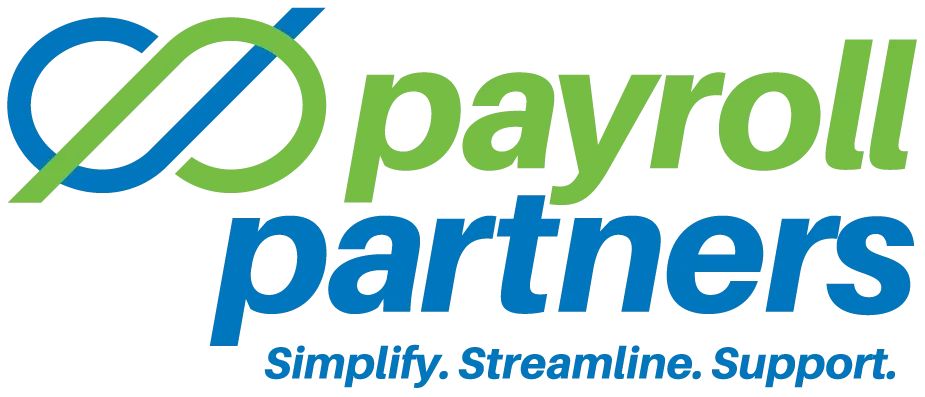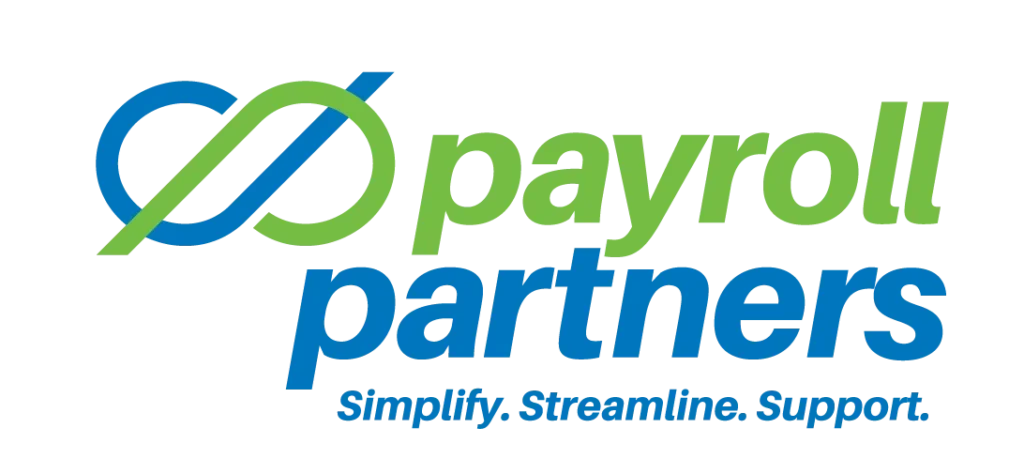Regardless of whether your first payroll involves a few employees or many, the goal is to execute payroll in an accurate and compliant manner. Here are some steps to help you manage your first payroll.
Get an EIN and perform the necessary state registrations. Obtain an Employer Identification Number from the Internal Revenue Service. If required, register with the state department of revenue for employee tax-withholding purposes and with the state department of labor for state unemployment tax purposes.
Select a payroll system. You can do all of your payroll in-house using your own resources, outsource your entire payroll to a service provider, or do some payroll tasks in-house and outsource the rest. Before you decide, research the pros and cons of each system.
Conduct employee verifications and classifications. This includes:
- Verifying employees’ right to work in the U.S. via Form I-9.
- Confirming that employees are actually employees and not independent contractors.
- Classifying employees as nonexempt or exempt as mandated by the Fair Labor Standards Act and applicable state law.
Give employees the appropriate payroll forms to complete. Typically, these include:
- Form W-4 for federal income tax withholding.
- State or local tax withholding forms for state or local tax withholding.
- Direct deposit form for electronic wage payments.
- Enrollment forms for employee benefits, such as health insurance and 401(k) plans.
Don’t forget to provide your employees with the labor posters and notices required by federal, state and/or local law.
Best practice advice
- Establish a pay frequency for your employees — such as weekly, biweekly, or semimonthly — along with pay period start and end dates.
- Develop a time and labor system for tracking nonexempt employees’ work hours. You may want to go with a timekeeping system that automatically exports employees’ time into the payroll software.
- Be aware of your legal obligations, including obligations for wages and hours, employee taxes, employer taxes, payroll reporting, and payroll recordkeeping.
- Consider an outsourced solution. Business owners often want to concentrate on growth and management, not the minutiae of managing payroll.
Additional considerations
- Decide how you will handle payroll tax administration. Some employers do regular payroll processing in-house and outsource payroll tax administration. Others do everything in-house.
- Know your integrated payroll software options. Some systems combine HR, time and labor, and payroll and benefits administration into one platform, while others integrate only certain processes.
- Try to offer a self-service platform, which allows employees to complete certain payroll tasks on their own, such as accessing pay stubs and Form W-2s.
If you will be outsourcing payroll, make sure your provider has everything they need to properly tackle your first payroll. Also, look for resources online that can help you better understand your payroll obligations — such as the U.S. Department of Labor’s Employer.gov and the IRS’ Publication 15, Employer’s Tax Guide.
This information is provided with the understanding that Payroll Partners is not rendering legal, human resources, or other professional advice or service. Professional advice on specific issues should be sought from a lawyer, HR consultant or other professional.

